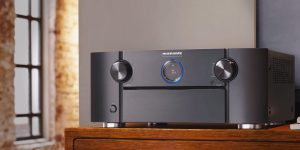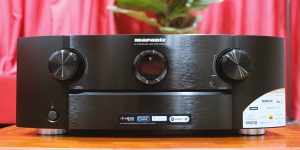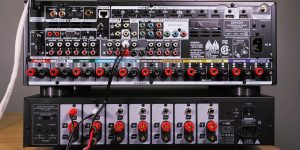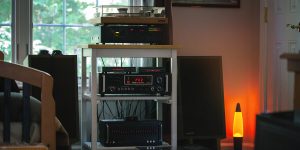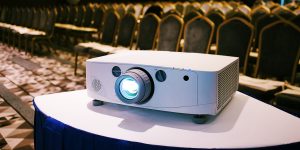A good digital-to-analog converter should accurately transform the analog signal into digital. The preciseness of conversion is the key to resembling the original audio source, handling multiple audio formats, source devices, low distortion, and noise. That’s taken for granted. Furthermore, you may have already heard about several popular DAC brands used in AV receivers. Each of them comes with its own unique features and characteristics.
During my life, I have had the opportunity to test and compare various DACs in different AV receiver models, and I can attest to the importance of getting a reliable DAC. Plus, I will also cover the most popular models, including the ESS SABER, AKM, Burr-Brown, and Wolfson DACs.
The role of DACs in AV receivers
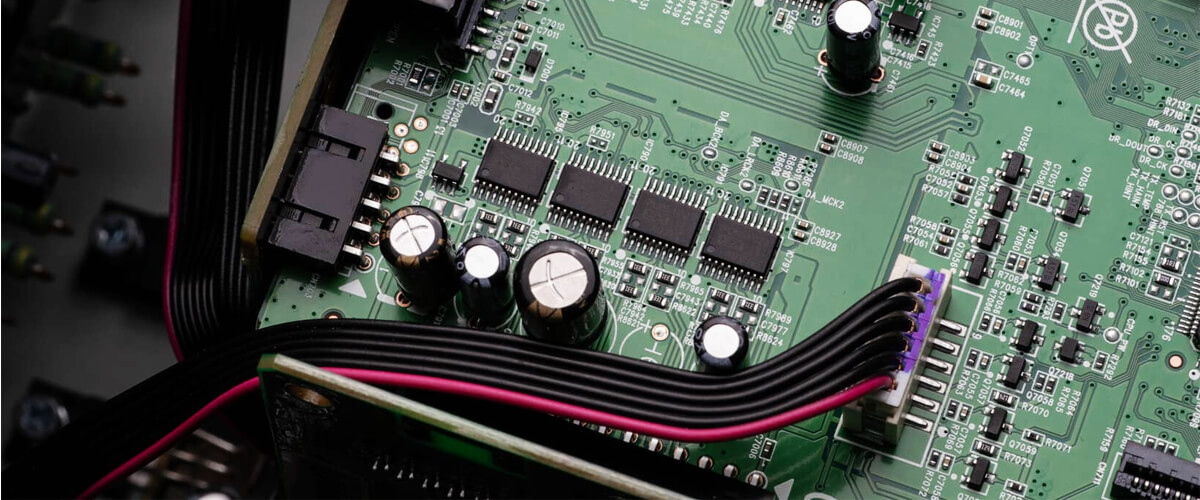
Digital audio has become the standard for music playback and home theater systems. This makes DACs essential components for delivering quality performance. As I have said before, a DAC converter transforms the digital signal into the analog one, which is then amplified and delivered to speakers. The digital signal is composed of 1s and 0s that represent sound waves. At the same time, humans can hear analog sound waves, and here is when the DAC module kicks in. Without this chip, connecting any modern device to the receiver and your home audio system wouldn’t be possible.
Converting digital audio signals to analog
The DAC in an AV receiver receives the digital audio signal and, with mathematical calculations, converts it into a pulse-width modulated (PWM) signal. This PWM signal is passed through a low-pass filter, which removes high-frequency noise and distortion. The resulting analog signal is then amplified and sent to the speakers.
Ensuring high-quality audio reproduction
The quality of the DAC in an AV receiver is critical to ensuring high-quality audio reproduction. After testing numerous receivers, I can conclude that a good DAC should be capable of accurately transforming signals while keeping the final sound natural and true to the source. Then come the most obvious aspects, such as low distortion and noise.
Handling multiple audio formats and sources
An AV receiver is designed to handle multiple audio formats and sources. The DAC in an AVR must be capable of decoding and processing various audio formats, including MP3, FLAC, and DSD. Additionally, an AV receiver may receive audio signals from multiple sources, including cable TV, streaming services, and gaming consoles. The key DAC performance factor is its ability to process these signals simultaneously and output them with high fidelity.
Factors affecting DAC performance in AV receivers
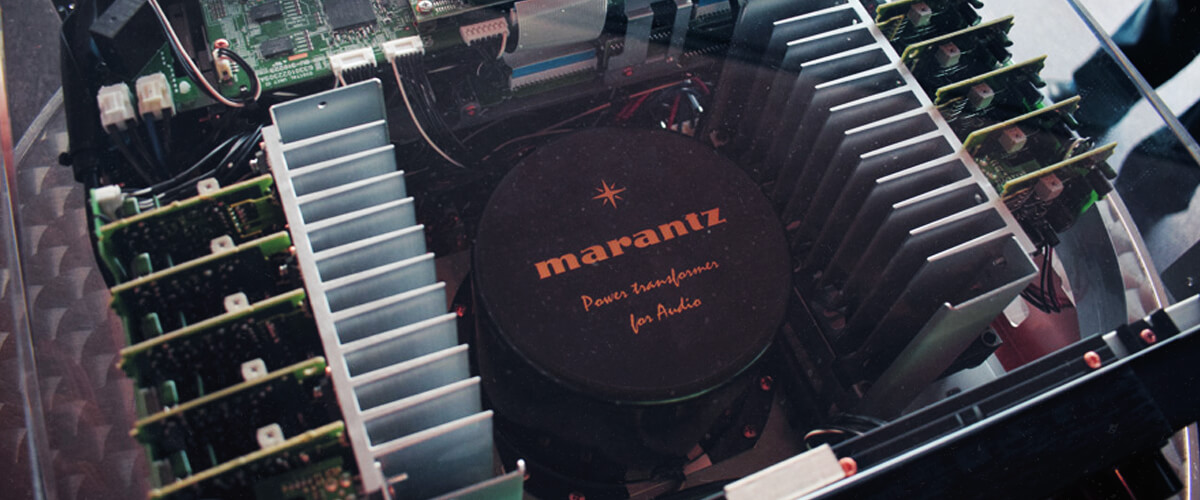
The performance of a DAC in an AV receiver is affected by several factors, including bit depth and sampling rate, SNR, dynamic range, total THD, and noise. Here are more extensive explanations for you about each of them.
Bit depth and sampling rate
The bit depth and sampling rate of digital audio determine the quality of the final sound. Therefore, a higher bit depth and sampling rate can deliver quality audio playback. From my experience, a good DAC in an AV receiver should handle high-resolution audio formats, such as 24-bit/192kHz or even 32-bit/768kHz.
Signal-to-noise ratio (SNR) and dynamic range
These two aspects influence the background noise level and distortion present in the sound. A higher SNR and dynamic range can result in cleaner and more accurate audio playback. And again, I think that only those DACs with an SNR of at least 100dB and a dynamic range of at least 110 dB are good.
Total harmonic distortion (THD) and noise
The noise refers to any unwanted sound or interference in the audio signal. Most frequently, DACs have a THD of less than 0.05% and low noise levels. These numbers are absolutely enough to deliver a clear and pleasant sound.
Popular DACs used in AV receivers
Finally, I decided to create a list of the most popular AV receiver DACs so that you would know what to expect when encountering each of them when searching for a particular receiver model.
ESS SABRE
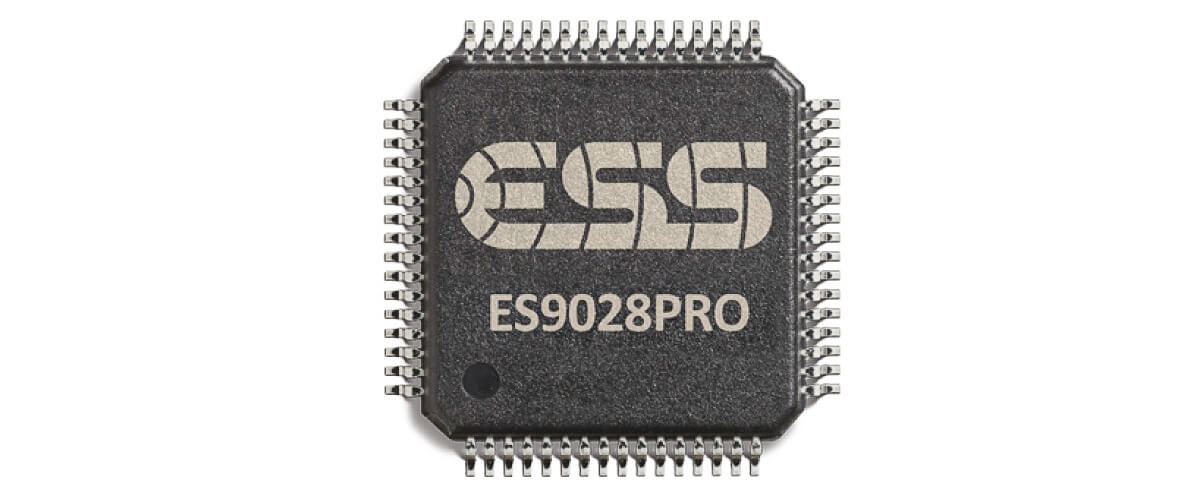
The ESS SABER DAC is a high-performance DAC that is used in many high-end AV receivers. It is famous for its extensive dynamic range and low distortion levels. That’s why the majority of my audiophile friends prefer it over others. The ESS SABER DAC can handle high-resolution audio formats and supports up to 32-bit/768kHz PCM and DSD512.
AKM (Asahi Kasei Microdevices)
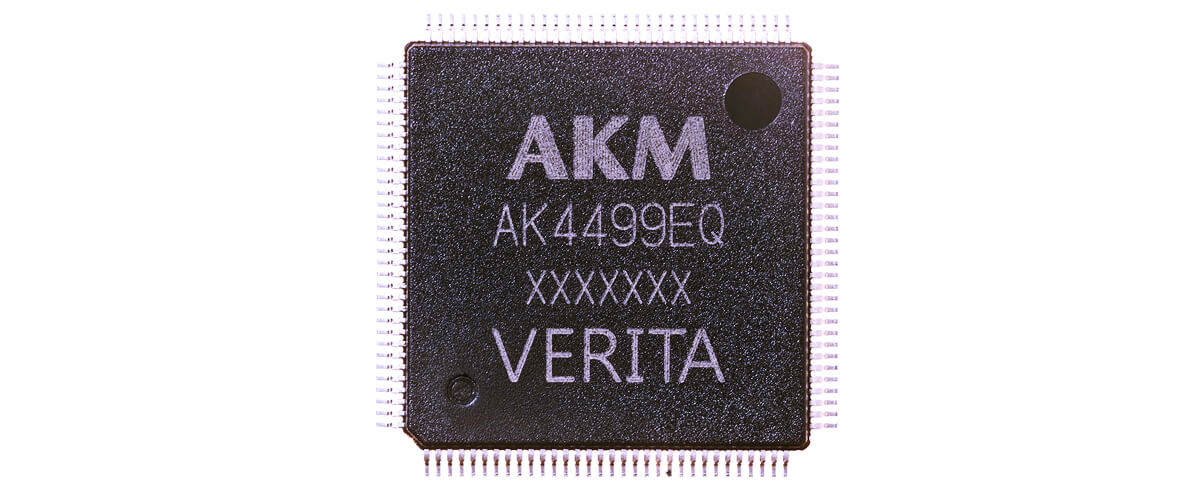
AKM is another popular DAC brand used in AV receivers. It is known for its high-quality sound reproduction and low noise levels. This DAC works with 32-bit/768kHz PCM and DSD512.
Burr-Brown (Texas Instruments)
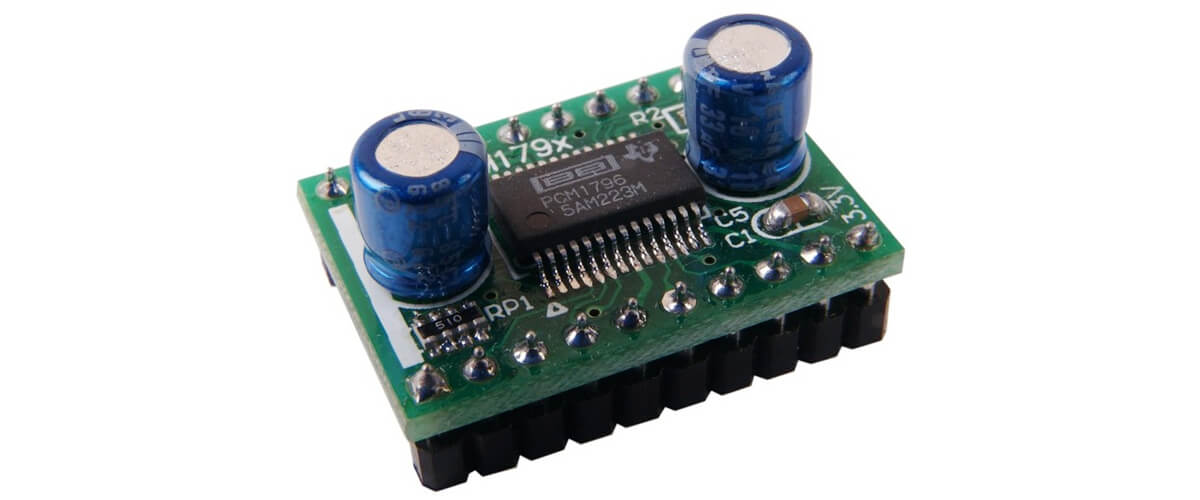
Burr-Brown is a popular DAC brand that is used in many mid-range and high-end AV receivers. During my tests, Burr-Brown DAC showed a very nice signal-to-noise ratio and pretty decent distortion levels. As for me, it is also a great solution and almost comparable to the ESS SABRE. Yet, this DAC only supports up to 24-bit/192kHz PCM.
Wolfson (Cirrus Logic)
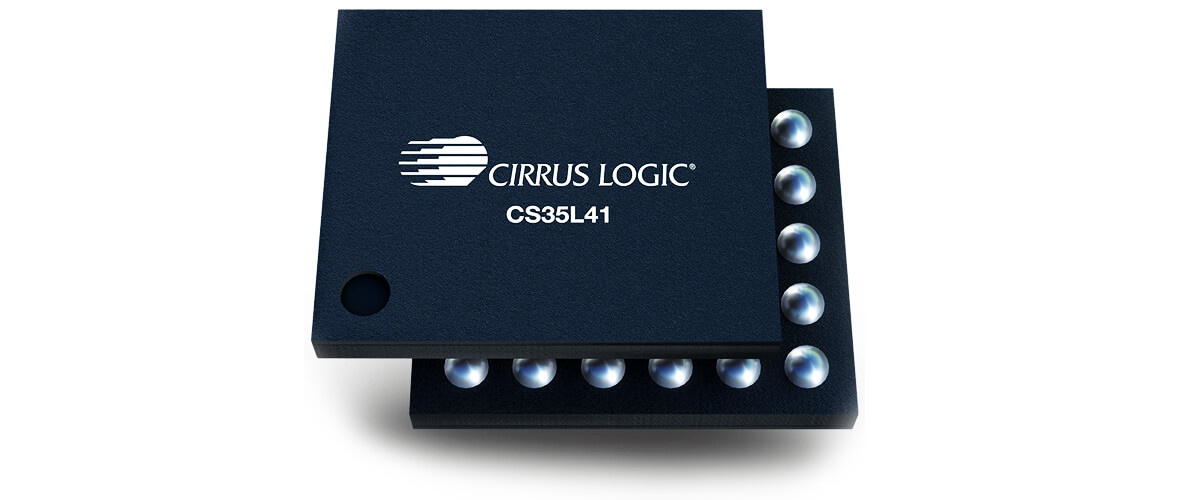
Wolfson is another popular DAC brand used in AV receivers. This component has stunning sound quality and offers pretty low distortion levels. So you can expect clear and close-to-natural sound from a unit equipped with it. And again, it supports up to 24-bit/192kHz PCM.
Conclusion
As you have seen from my article, the DAC is an important part of the AV receiver, which can greatly influence sound quality. Therefore, using the knowledge and examples from this article, you can make a more informed choice of AVR model, knowing which DAC features are the key ones.

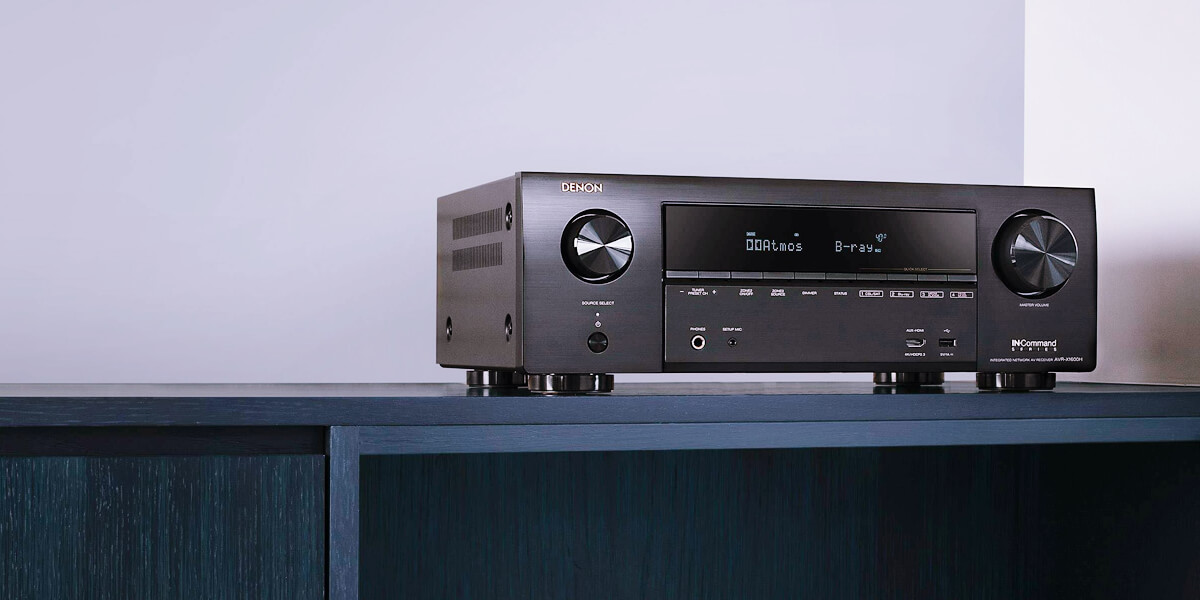


![Best 2-Channel Receiver [Expert Reviews and Buying Guide]](https://hometheaterology.com/wp-content/uploads/2023/11/best-2-channel-receiver-stereo-300x150.jpg)


